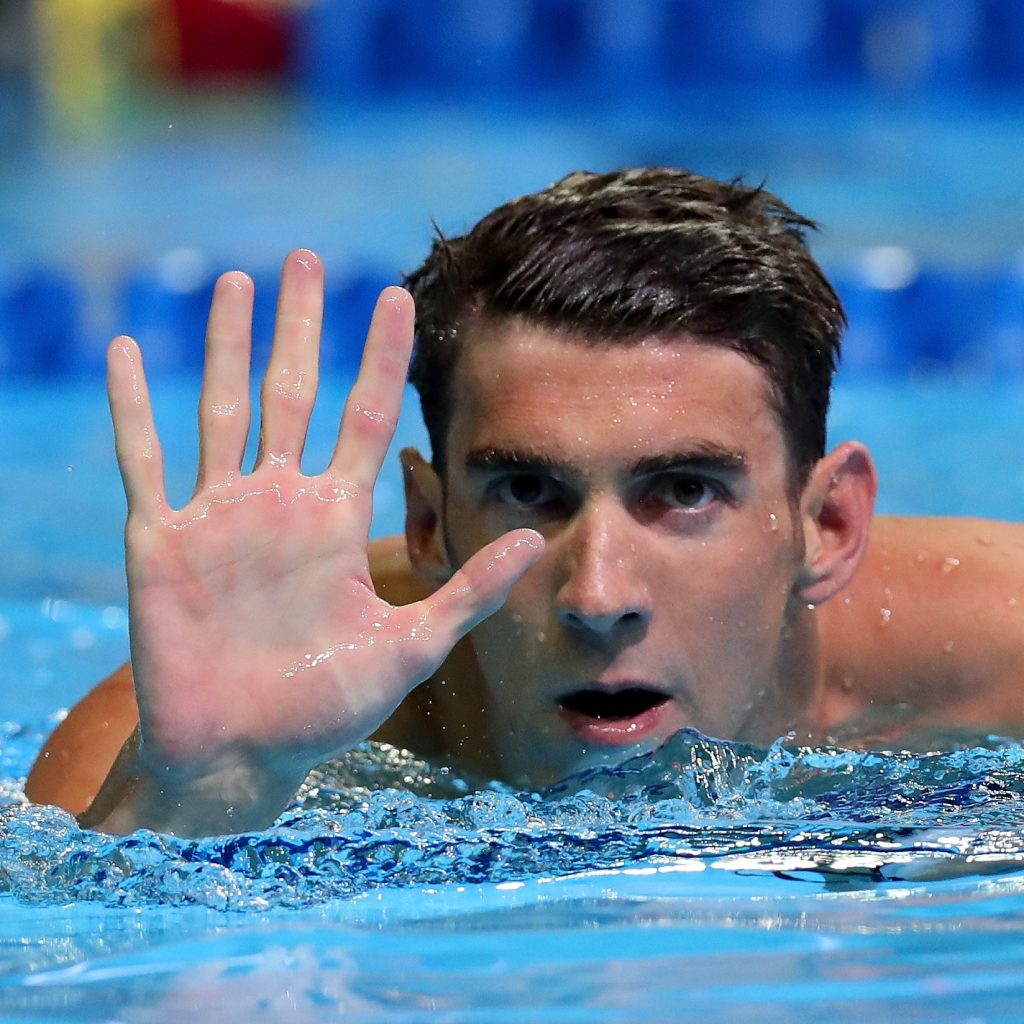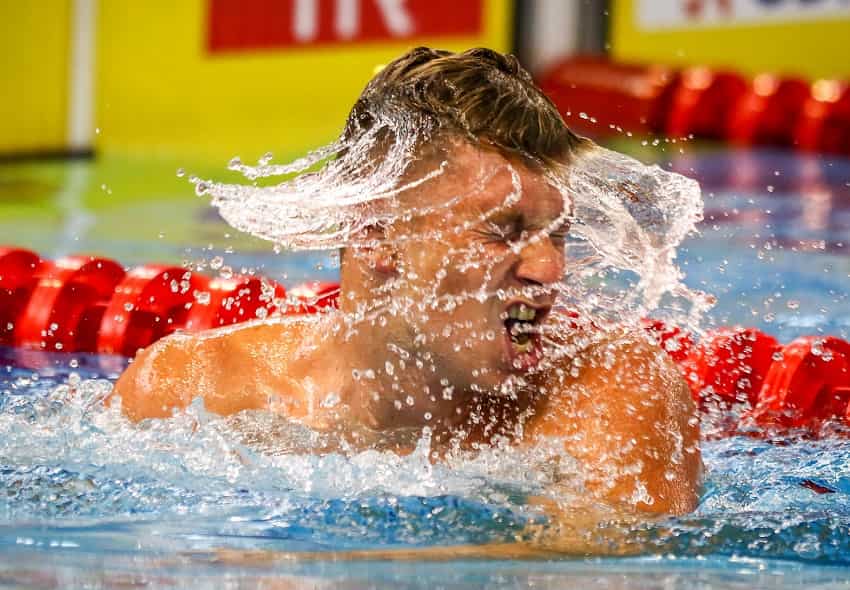Have you ever wondered how to keep your hair healthy and vibrant despite spending time in chlorinated pools? If so, you’re not alone. Many swimmers struggle with the damaging effects of chlorine on their hair, but fret not, there are measures you can take to protect your precious locks. In this article, we will explore some simple yet effective tips that will help you safeguard your hair from chlorine damage while enjoying a refreshing swim. So, let’s dive in and discover the secrets to maintaining gorgeous, chlorine-free hair!
Understanding the Effects of Chlorine on Hair
Why does chlorine damage hair?
Chlorine is commonly used in swimming pools to kill bacteria and maintain water sanitation. While it is essential for pool hygiene, prolonged exposure to chlorine can damage your hair. The primary reason chlorine damages hair is its oxidative properties. When chlorine comes into contact with hair, it strips away natural oils and proteins that keep your hair healthy and moisturized. This can leave your hair feeling dry, brittle, and prone to breakage.
How does chlorine damage hair?
Chlorine damages hair through a process called oxidation. When chlorine reacts with the proteins and oils in your hair, it causes the hair shafts to become weak and brittle. This leads to hair breakage, split ends, and a loss of shine and elasticity. Additionally, the chlorine can penetrate the outer layer of the hair, causing it to swell. This swelling can lead to frizz, tangling, and difficulty in managing your hair.
The importance of protecting your hair from chlorine damage
Protecting your hair from chlorine damage is crucial to maintaining its health and appearance. By taking preventative measures, you can minimize the negative effects of chlorine on your hair and keep it looking and feeling its best. Not only will this help you avoid the frustration of dry and damaged hair, but it will also contribute to your overall confidence and well-being.
Pre-Swim Hair Preparation
Wet your hair
Before diving into the pool, wetting your hair with fresh water is a simple yet effective way to protect it from chlorine damage. By saturating your hair with non-chlorinated water, you create a barrier that prevents the chlorine from fully penetrating the hair shafts. This initial hydration helps to minimize chlorine absorption and can reduce the severity of damage to your hair.
Apply a protective hair product
Using a protective hair product specifically designed for swimmers can provide an added layer of defense against chlorine damage. Look for products that contain ingredients like dimethicone or silicone, as these create a barrier on the hair shaft that helps to repel chlorine. Applying such a product before swimming can significantly reduce the amount of chlorine that comes into contact with your hair, ultimately preserving its health and shine.
Use a swim cap
Using a swim cap is another effective way to protect your hair from chlorine damage. A properly fitted swim cap covers your hair entirely, preventing chlorine from reaching and interacting with it. Additionally, a swim cap helps to minimize tangling, reduce hair drag in the water, and maintain the style of your hair. Whether you have long or short hair, investing in a quality swim cap can be a great asset in preserving the health and appearance of your hair.
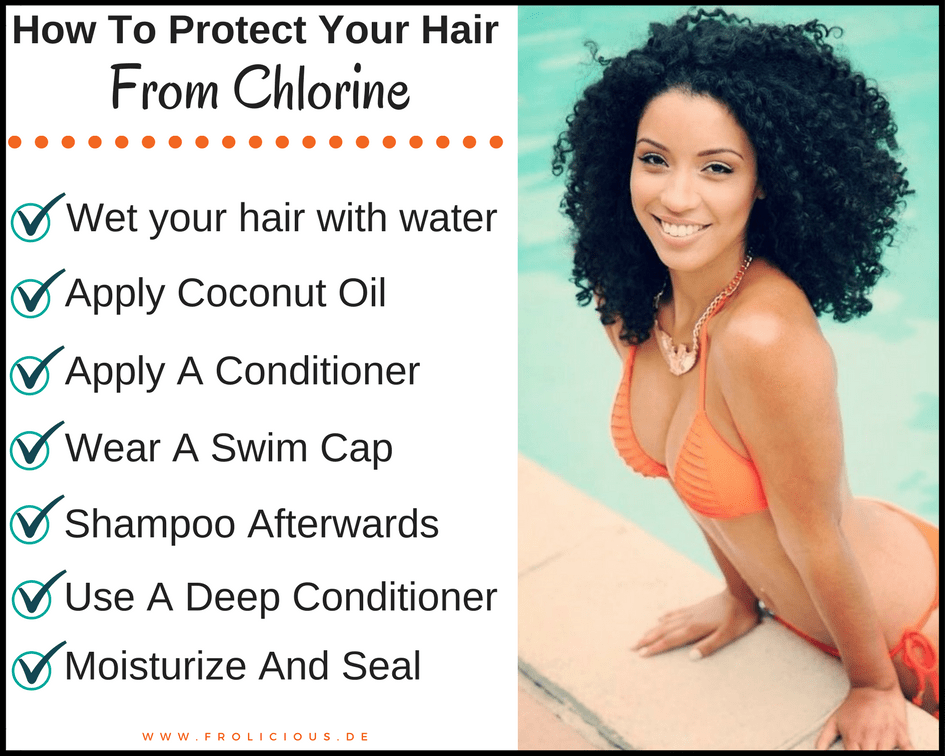
Rinsing and Washing Hair After Swimming
Rinse your hair immediately after swimming
After finishing your time in the pool, it is vital to rinse your hair immediately. Rinsing your hair with fresh, non-chlorinated water helps to remove residual chlorine and other pool chemicals from your hair. Use lukewarm water and ensure that every strand is thoroughly rinsed. This simple step can significantly reduce chlorine buildup and minimize the long-term damage to your hair.
Use a clarifying shampoo
Using a clarifying shampoo specifically designed to remove chlorine buildup is crucial for thoroughly cleansing your hair. Regular shampoos may not effectively remove chlorine and its residues, so investing in a clarifying shampoo is essential. These shampoos contain ingredients that break down chlorine molecules and wash them away, leaving your hair clean and free from damaging chemicals.
Condition and moisturize
After shampooing, it is essential to restore moisture and nourishment to your hair. Using a deep conditioning treatment or hair mask can help replenish the oils and proteins that were stripped away by chlorine. Look for products that are specifically formulated for post-swim hair repair, as these often contain ingredients that can restore hydration, improve elasticity, and promote hair health. Applying a leave-in conditioner or oil can also provide an extra layer of protection and hydration for your hair throughout the day.
Homemade Remedies and Natural Alternatives
Apple cider vinegar rinse
An apple cider vinegar rinse is a natural and cost-effective way to remove chlorine from your hair. Simply mix one part apple cider vinegar with four parts water and use it as a final rinse after shampooing. The acidic nature of apple cider vinegar helps to neutralize chlorine and restore the pH balance of your hair and scalp. This rinse can leave your hair feeling soft, shiny, and free from chlorine residue.
Coconut oil treatment
Coconut oil is known for its nourishing and moisturizing properties. Applying coconut oil to your hair before swimming can create a protective barrier against chlorine. Massage a small amount of coconut oil onto your hair, focusing on the ends and any damaged areas. This will not only help prevent chlorine absorption but also keep your hair hydrated and less prone to breakage. After swimming, rinse your hair and follow up with your regular washing and conditioning routine.
Aloe vera gel as a hair protector
Aloe vera gel is a natural remedy that can provide a protective coat on your hair, shielding it from chlorine damage. Before swimming, apply a thin layer of aloe vera gel to your hair, focusing on the lengths and ends. The gel helps to lock in moisture and create a barrier against chlorine. After swimming, rinse your hair and continue with your regular hair care routine. Aloe vera can also provide soothing relief to the scalp if it becomes irritated from chlorine exposure.
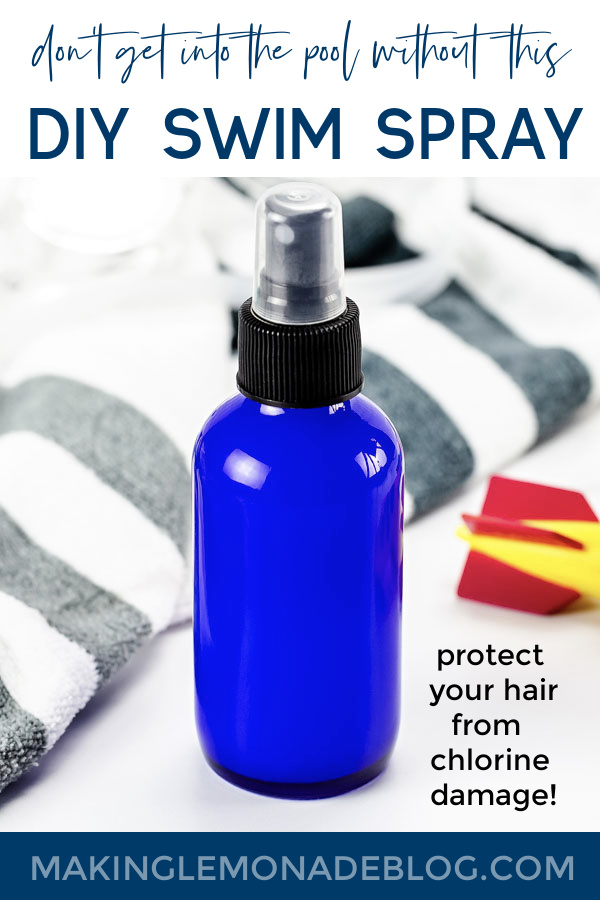
Protective Hairstyles for Swimming
Braids or twists
Braiding or twisting your hair before swimming can help minimize chlorine exposure and reduce tangling. By securing your hair in a braid or twist, you create a protective style that keeps the majority of your hair strands together and out of direct contact with chlorine. This not only helps to retain moisture but also makes it easier to rinse out chlorine after swimming. Additionally, braids and twists can give your hair a beautiful, textured look once dry.
Wet bun or ponytail
Tying your hair up in a wet bun or ponytail before swimming is another practical way to safeguard it from chlorine damage. By keeping your hair contained and away from your face, you minimize contact between the hair and chlorine-infected water. Ensure that your hair is thoroughly saturated with fresh water before putting it up, as wet hair is less likely to absorb as much chlorine. Once you finish swimming, do not forget to rinse your hair and apply conditioner to restore moisture.
Swim caps with built-in hair protection
Investing in swim caps that offer built-in hair protection is an excellent choice for those who frequently swim. These specially designed swim caps often contain a layer or coating that repels water and impurities, such as chlorine. In addition to providing a secure fit, these swim caps form a barrier between the hair and the pool water. Look for swim caps with a silicone or latex lining to ensure maximum protection. With the right swim cap, you can enjoy your time in the pool without worrying about chlorine damage to your hair.
Hair Accessories for Protection
Wide-brimmed hats
Wearing a wide-brimmed hat can provide both sun protection and a shield against chlorine. When lounging by the pool or enjoying water activities, a wide-brimmed hat offers coverage to not only your hair but also your scalp and face. This reduces direct exposure to chlorine and harmful UV rays. Opt for hats made of breathable materials such as straw or cotton to allow for airflow and keep your head cool.
UV-protective hair scarves
UV-protective hair scarves are a fashionable and functional option for protecting your hair from chlorine damage. These scarves are typically made from lightweight, UV-protective fabrics that shield your hair and scalp from the sun’s harmful rays. Wrapping a UV-protective hair scarf around your head not only adds a stylish touch to your poolside look but also keeps your hair protected from both chlorine and UV damage.
Headbands or bandanas
Headbands or bandanas can be a quick and convenient solution for keeping your hair away from chlorine. Simply tie a headband or bandana around your forehead, pushing back your hair to create a barrier between your hairline and the pool water. This helps to minimize chlorine absorption in the most vulnerable areas of your hair. Choose headbands or bandanas made from absorbent materials such as terrycloth to soak up any excess water while providing an extra layer of protection.

Avoiding Harmful Chlorine-Related Habits
Limit exposure to chlorinated water
One of the most effective ways to protect your hair from chlorine damage is to limit your exposure to chlorinated water. While it may be tempting to spend hours in the pool, extended periods of time in chlorinated water increase the likelihood of hair damage. Try to keep your pool time to a reasonable duration and take breaks to rinse and moisturize your hair. This will help minimize chlorine absorption and reduce the negative impact on your hair’s health.
Avoid excessive shampooing and heat styling
Excessive shampooing and heat styling can further exacerbate the damage caused by chlorine. Frequent washing strips away natural oils and moisture, leaving your hair more vulnerable to chlorine’s harmful effects. Likewise, heat styling tools can further dry out your hair, making it more susceptible to breakage and frizz. Instead, opt for gentle, sulfate-free shampoos and limit the use of heat styling tools. Embrace your hair’s natural texture and give it some time to recover from chlorine exposure before applying heat or washing excessively.
Protect hair from the sun after swimming
After swimming, it is essential to protect your hair from the sun to avoid additional damage. Chlorine can make your hair more susceptible to UV damage, so covering your hair with a hat or scarf when outdoors is crucial. Additionally, using UV-protective hair products, such as leave-in conditioners or sprays with SPF, can provide an extra layer of defense against the sun’s harmful rays. Taking these precautions will ensure that your hair remains protected and healthy, even after swimming in chlorinated water.
Professional Treatments and Products
Hair masks and deep conditioning treatments
Professional-grade hair masks and deep conditioning treatments can work wonders in repairing and restoring hair damaged by chlorine. These specialized products contain high concentrations of nourishing ingredients that penetrate the hair shaft, replenishing moisture and repairing any damage caused by chlorine exposure. Consider incorporating a quality hair mask or deep conditioning treatment into your post-swim routine to give your hair the extra care it deserves.
Salon treatments for post-swim hair repair
For those seeking professional care, certain salons offer specialized treatments to restore and repair hair damaged by chlorine exposure. These treatments often consist of a combination of deep conditioning, protein-rich products, and moisture restoration techniques. The expertise and knowledge of trained professionals can help rejuvenate your hair and provide long-lasting protection against chlorine damage. Consult with a salon stylist or hair specialist who can identify the best treatment option for your hair’s specific needs.
Swim-specific hair care products
Many hair care brands recognize the need for swim-specific products to combat chlorine damage. These products are specially formulated to remove chlorine and restore moisture to your hair, minimizing the negative effects of chlorine exposure. Look for shampoos, conditioners, and leave-in treatments that specifically target swimmers’ hair care needs. These products often contain ingredients that remove chlorine buildup and rehydrate the hair, leaving it soft, manageable, and free from damage.
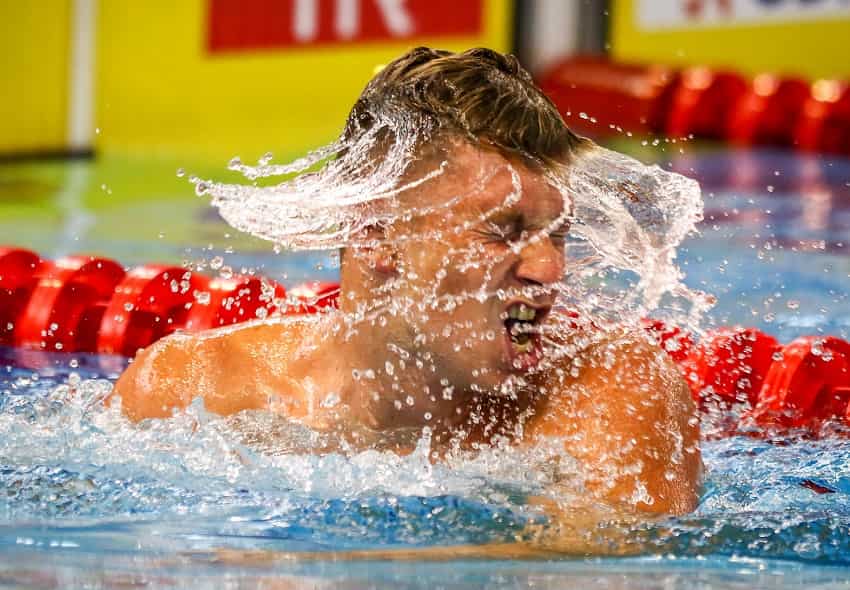
Protecting Hair for Regular Pool Swimmers
Invest in a pre-swim and post-swim hair care routine
If you are a regular pool swimmer, investing in a pre-swim and post-swim hair care routine is essential. As part of your pre-swim routine, wet your hair, apply a protective product, and consider using a swim cap. After swimming, rinse your hair, use a clarifying shampoo, and condition it thoroughly. Following a consistent routine will not only effectively protect your hair from chlorine damage but also make your post-swim hair care more manageable.
Consider a professional swimmer’s hair care regimen
Professional swimmers who spend a significant amount of time in chlorinated water often have specific hair care regimens tailored to their needs. These regimens typically involve pre-swim treatments, post-swim rinses, and regular use of swim-specific products. Research the strategies and products used by professional swimmers and consider adopting some of their practices to protect your hair effectively. This can help you maintain healthy hair despite regular exposure to chlorine.
Consult a hair specialist for personalized advice
If you are struggling to protect your hair from chlorine damage or experiencing severe hair damage, it may be beneficial to consult a hair specialist. A professional hairstylist or trichologist can assess the current state of your hair, identify any underlying issues, and provide personalized recommendations. They can suggest specific products, treatments, and techniques that address your unique hair care needs. With their expertise, you can develop a customized plan for protecting your hair from chlorine damage and achieving optimal hair health.
Conclusion
Prioritizing the protection of your hair while enjoying pool experiences is essential for maintaining its health and beauty. From understanding the effects of chlorine on hair to implementing pre-swim preparation and post-swim care, there are numerous steps you can take to safeguard your hair from chlorine damage. Whether you opt for homemade remedies, natural alternatives, or professional treatments, experimenting with different protective methods can help you find the best solution for your hair type and lifestyle. By following these tips and adopting a comprehensive hair care routine, you can achieve and maintain healthy hair despite regular exposure to chlorine. So dive in, have fun, and let your hair shine!
